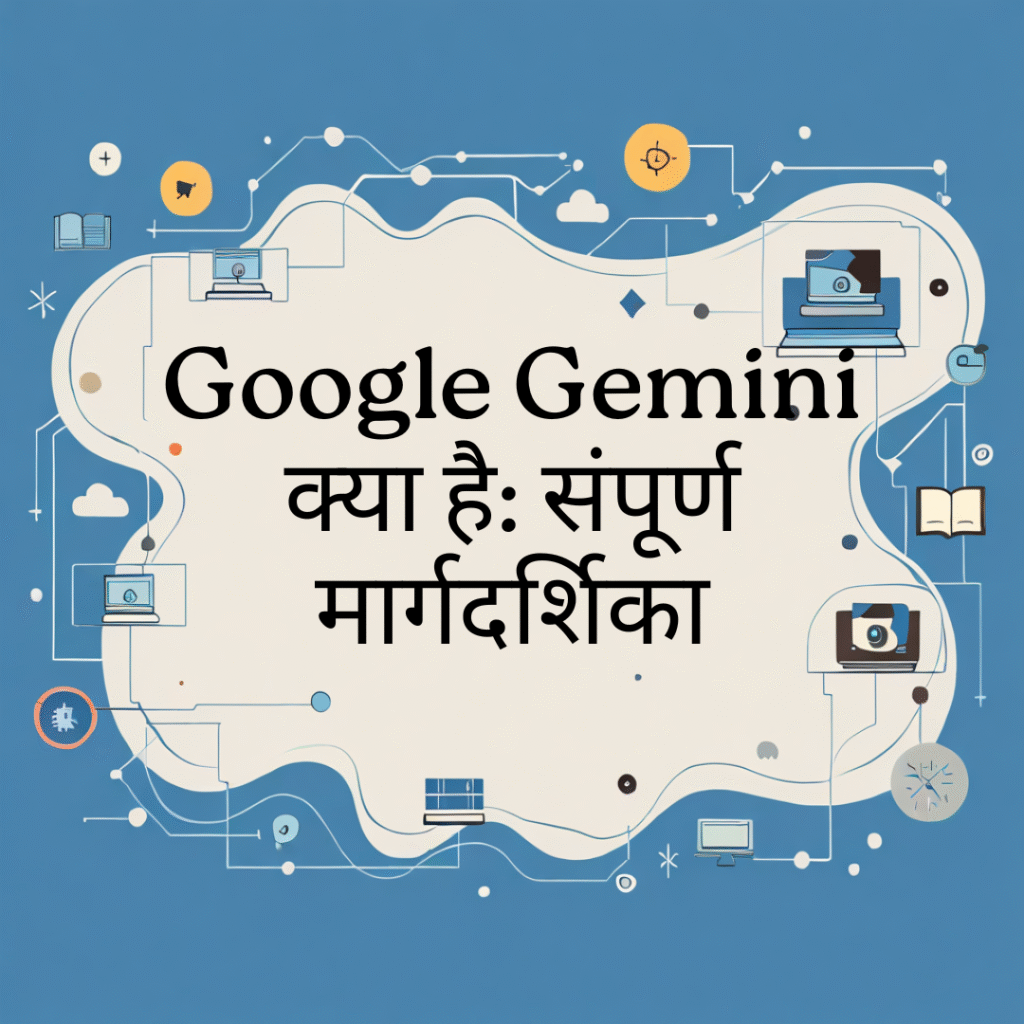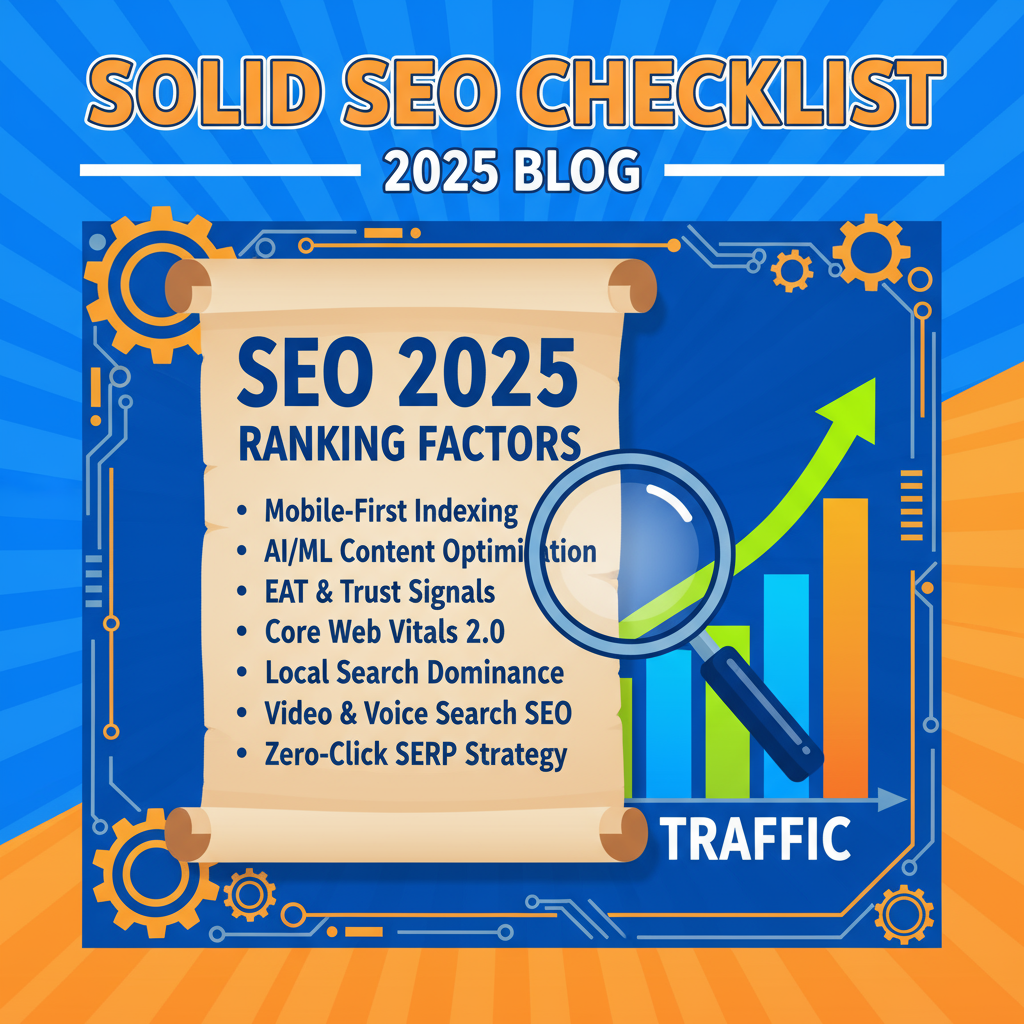
Index (Table of Contents)
1. The AI Mandate: Why AI is Non-Negotiable in 2025-2026
1.1. The Data Overload Problem
1.2. The Shift to Real-Time Hyper-Personalization
1.3. Competitive Advantage in the US Market
2. Core AI Applications Transforming the Marketing Funnel
2.1. 🧠 Predictive Analytics and Customer Insight
2.2. ✍️ AI-Powered Content and Creative Generation
2.3. 🎯 Programmatic Advertising and Real-Time Optimization
2.4. 💬 Conversational Marketing (Chatbots and Virtual Assistants)
3. Step-by-Step AI Implementation Strategy
3.1. Step 1: Establish Your Data Foundation
3.2. Step 2: Define Clear, Measurable AI Goals
3.3. Step 3: Integrate and Automate Simple Workflows
3.4. Step 4: Scale with Human Oversight
4. Essential AI Marketing Tools for US Professionals
4.1. The Content Suite (e.g., Jasper, Copy.ai)
4.2. The SEO/Research Suite (e.g., Semrush, SurferSEO)
4.3. The Automation Hub (e.g., HubSpot AI, ActiveCampaign)
5. Ethics and The Human-AI Partnership
5.1. Addressing Data Privacy and Bias
5.2. The Future Marketer: Strategist, Not Executor
1. The AI Mandate: Why AI is Non-Negotiable in 2025-2026
For US businesses, particularly those operating at scale, the argument for AI has moved from “should we?” to “how quickly can we?” The adoption is fueled by three critical market forces:
1.1. The Data Overload Problem
The average US marketing tech stack now generates more data than any human team can realistically analyze. AI’s ability to ingest petabytes of data—from CRM systems, web analytics, social sentiment, and ad platforms—and extract actionable, predictive insights in real time is unparalleled. It moves marketing from simple reporting (what happened) to genuine forecasting (what will happen).
1.2. The Shift to Real-Time Hyper-Personalization
Consumers now expect brands to understand their needs before they are explicitly stated. AI allows for hyper-personalization at scale, going beyond merely inserting a customer’s first name in an email. AI can dynamically change website content, recommend the next best product, or adjust the entire tone of an ad based on a single user’s real-time browsing behavior, leading to higher engagement and a significantly increased Customer Lifetime Value (CLV).
1.3. Competitive Advantage in the US Market
Statistics show that top-performing US marketing teams are reporting that AI tools improve team efficiency by at least $33\%$. Those who delay adoption are essentially paying more to acquire the same customers, losing the compounding effect of AI-driven optimization, and ceding market share to agile, AI-powered competitors.
2. Core AI Applications Transforming the Marketing Funnel
AI’s impact is felt across the entire marketing lifecycle, from initial strategy to final sale.
2.1. 🧠 Predictive Analytics and Customer Insight
This is perhaps the highest-value application of AI. Instead of relying on past trends, AI models forecast the future by analyzing complex patterns.
- Intelligent Lead Scoring: AI analyzes a lead’s behavior against historical data to predict their likelihood of converting, allowing sales teams to prioritize high-intent prospects instantly.
- Churn Prevention: AI identifies early warning signals (e.g., decreasing login frequency, reduced support ticket activity) to proactively trigger retention campaigns.
- Predictive Audience Segmentation: It finds high-value, niche customer segments that manual marketers would have missed, drastically improving lookalike targeting in paid media.
2.2. ✍️ AI-Powered Content and Creative Generation
Generative AI, like Large Language Models (LLMs), has become a production co-pilot, driving velocity and scale previously impossible.
- Content Velocity: AI can generate content outlines, first drafts of blog posts, social media updates, and email subject lines in seconds, accelerating the time-to-market for campaigns.
- A/B Testing at Scale: It generates hundreds of headline and image variations for ad campaigns, letting the algorithm rapidly test and find the highest-performing combinations.
- SEO Optimization: AI tools assist in keyword clustering, meta-tag optimization, and analyzing content against top-ranking articles to ensure it aligns with modern search engine requirements, including optimization for Google’s AI Overviews (GEO).
2.3. 🎯 Programmatic Advertising and Real-Time Optimization
AI is the engine behind automated ad buying, ensuring that the right message reaches the right person at the optimal time and price.
- Autonomous Bidding: AI automatically adjusts bids in real-time across platforms (Google Ads, Meta, etc.) to meet a target CPA (Cost-Per-Acquisition) or ROAS (Return on Ad Spend), maximizing budget efficiency 24/7.
- Dynamic Creative Optimization (DCO): It dynamically assembles different elements (headline, image, CTA) of an ad to create a personalized version for each viewer, boosting click-through rates and relevance.
2.4. 💬 Conversational Marketing (Chatbots and Virtual Assistants)
AI-powered chatbots have evolved beyond simple FAQ responders to become sophisticated sales and support agents.
- 24/7 Lead Qualification: Chatbots can engage website visitors, answer complex questions, qualify leads instantly, and seamlessly route high-intent prospects to a human sales rep.
- Personalized Recommendations: They analyze conversational context and user history to offer tailored product recommendations, mimicking a human sales associate’s expertise.
3. Step-by-Step AI Implementation Strategy
Integrating AI successfully is an evolution, not a single event. A structured approach minimizes risk and maximizes ROI.
3.1. Step 1: Establish Your Data Foundation
AI is only as good as the data it’s trained on. Before buying a single tool, ensure your data is clean, centralized, and consistent.
- Data Audit: Identify all data sources (CRM, website analytics, ad platforms).
- Unify Data: Implement a Customer Data Platform (CDP) or use integrated solutions (like HubSpot) to create a single, unified view of the customer.
3.2. Step 2: Define Clear, Measurable AI Goals
Start small, focusing on one major business bottleneck.
- High-Impact Areas: Which manual task is the most time-consuming? (e.g., content generation, ad optimization, lead routing).
- SMART Goals: Set specific, measurable goals (e.g., “Reduce average content creation time by 40%,” or “Lower target CPA by 15% in Q4”).
3.3. Step 3: Integrate and Automate Simple Workflows
Begin by testing off-the-shelf tools that provide fast, measurable results.
- Pilot Program: Start with a single, controlled campaign (e.g., use an AI copywriting tool for all Facebook ad copy for one product line).
- Measure and Evaluate: Use KPIs to determine if the AI output meets or exceeds human performance.
3.4. Step 4: Scale with Human Oversight
Once a pilot proves profitable, begin scaling cautiously.
- The Human Refinement: Use AI for the draft, but always use human marketers to refine the brand voice, fact-check, and ensure ethical compliance.
- Continuous Optimization: Enable automated optimization features (like Target CPA) but monitor the algorithm’s performance daily, implementing blacklists or whitelists where needed.
4. Essential AI Marketing Tools for US Professionals
The AI MarTech landscape is vast, but these categories represent the highest ROI for US marketers:
4.1. The Content Suite
| Tool | Primary Use Case | Key Benefit for Marketers |
| Jasper AI | Long-form content, brand-aligned copywriting | Maintains brand voice consistency across channels at scale. |
| Copy.ai | Short-form copy, social media captions, email subject lines | Rapidly generates high-volume, performance-optimized micro-content. |
| Synthesia | AI video generation | Creates professional presenter-style videos without cameras or actors, great for global training/product demos. |
4.2. The SEO/Research Suite
| Tool | Primary Use Case | Key Benefit for Marketers |
| Semrush Enterprise AIO | Keyword research, competitor analysis, topic gap identification | Provides deep AI-driven insights into new trends and competitor strategies. |
| SurferSEO | On-page content optimization | Analyzes content against top-ranking pages to ensure higher ranking potential. |
4.3. The Automation Hub
| Tool | Primary Use Case | Key Benefit for Marketers |
| HubSpot AI | CRM data analysis, lead scoring, personalization | Integrates AI across marketing, sales, and service for a unified customer journey. |
| AdCreative.ai | Ad creative generation and testing | Uses insights from high-performing ads to create conversion-optimized visuals and copy. |
5. Ethics and The Human-AI Partnership
The rise of AI brings with it a critical responsibility. To maintain brand trust in the US market, ethical considerations are paramount.
5.1. Addressing Data Privacy and Bias
- Transparency: Be open with customers about how their data is being used to personalize their experience.
- Bias Mitigation: AI models can reflect the biases in the data they are trained on. Human marketers must continuously audit AI outputs for fairness and representation to prevent skewed targeting or poor personalization.
- Compliance: Ensure all AI implementation adheres strictly to data privacy laws, including the growing patchwork of state-level regulations in the US.
5.2. The Future Marketer: Strategist, Not Executor
AI will not replace marketers, but marketers who use AI will replace those who don’t. By automating repetitive, data-heavy tasks, AI frees up the human marketing team to focus on the things machines cannot replicate: strategy, creativity, authentic storytelling, and emotional connection. The future of marketing is a powerful human-AI partnership.









